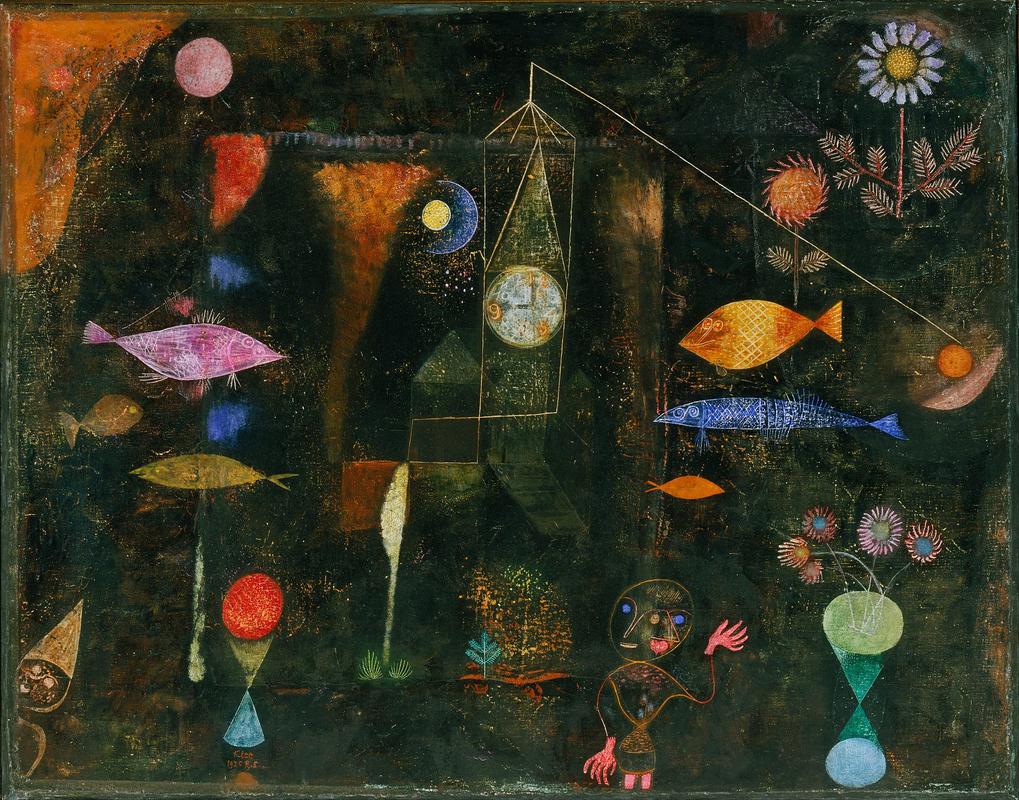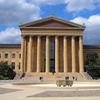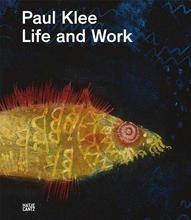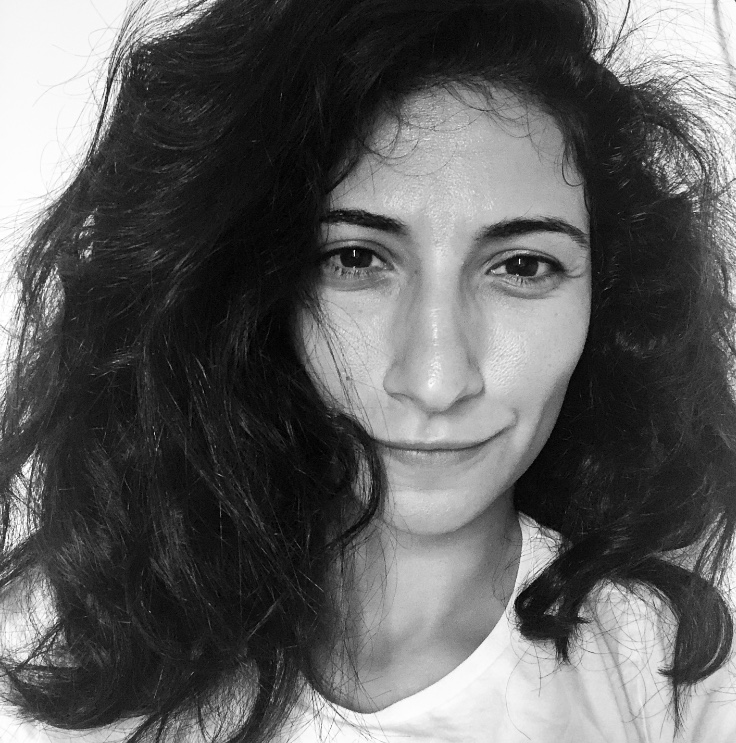Comments (3)

I think this painting is so fascinating. I was drawn to this painting because I used to actually have a weird fascination with fish. When I saw "Fish Magic" I knew I had to check out this painting. Putting my curser over the painting it said "Fish are friends, not food." I thought this was hilarious as I took this quote from Finding Nemo and used this as my fish motto. There are a few random objects in this painting, and my eyes kept just wandering around. I loved the dark background. This helped the painting pop out to me in the sense that the objects and the fish stood out to me more. Of course bright colors against a dark background would do that! The way the artist paints reminds me a bit of chalk. There are a few smears of color that look like chalk streaks as well as the fish.

I really like this painting. It is not one I probably would have ever sought out because it is so random. I love the flowers throughout the painting. Simple daisies are my favorite flower and I think they were an excellent choice for this painting! The artist did a really good job with composition on this painting. I found my eyes never rested on one point because everything is spaced out just right. My eyes are constantly moving around to try to see all the components. I also really like the colors used. The bright colors against the contrast of the black create a cool effect and make the colors seem even more vibrant. I also like how the artist used some sort of smudging technique between the bright colors and the black to leave the color almost murky looking in some parts of the painting. This created a texture all of its own. I did not realize colors could create a texture!















Looking at this painting makes me feel like there is a sense of mysterious and a bit spookiness to it. It feels like I'm looking at it through a fish tank and the items inside are the reflections. The shadows and colors that create these unknown depths and corners feel like they may just be swimming freely along with the drawn human figures. The painting does seem magical but there also appears to be something more than just magic, something that remains unknown.